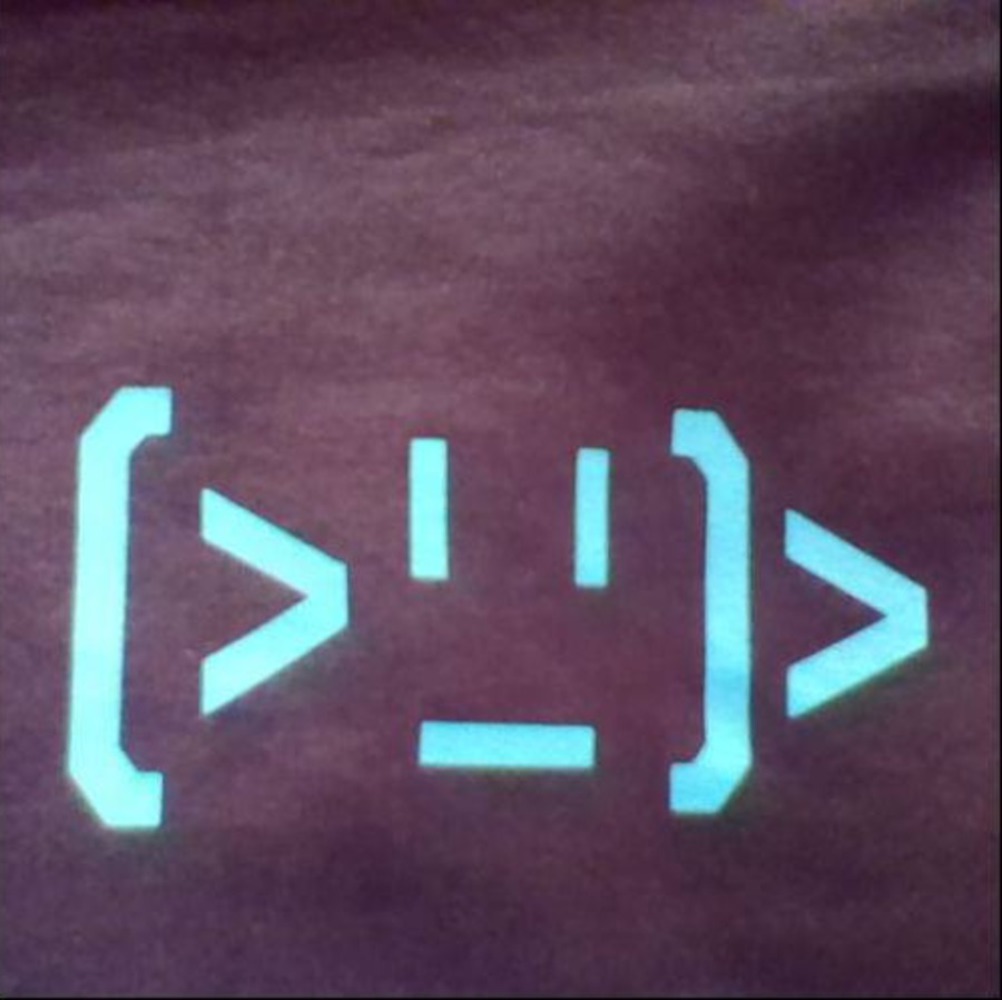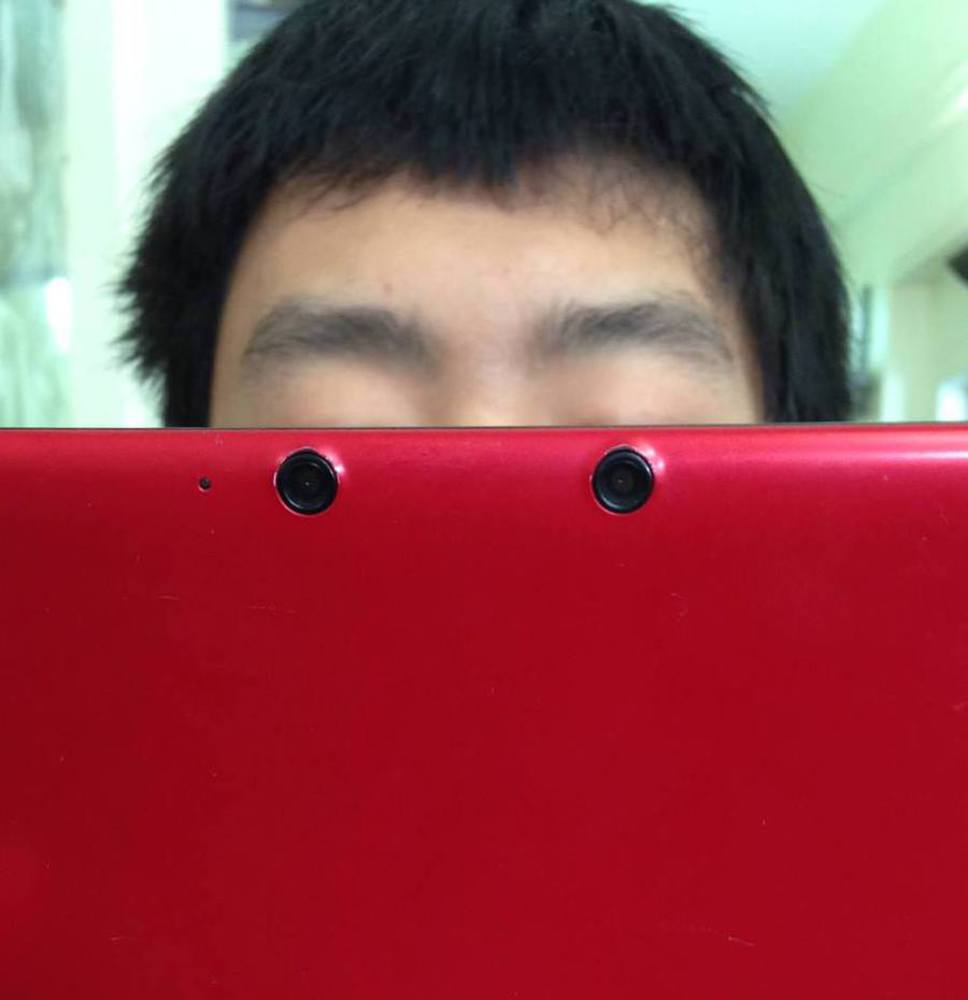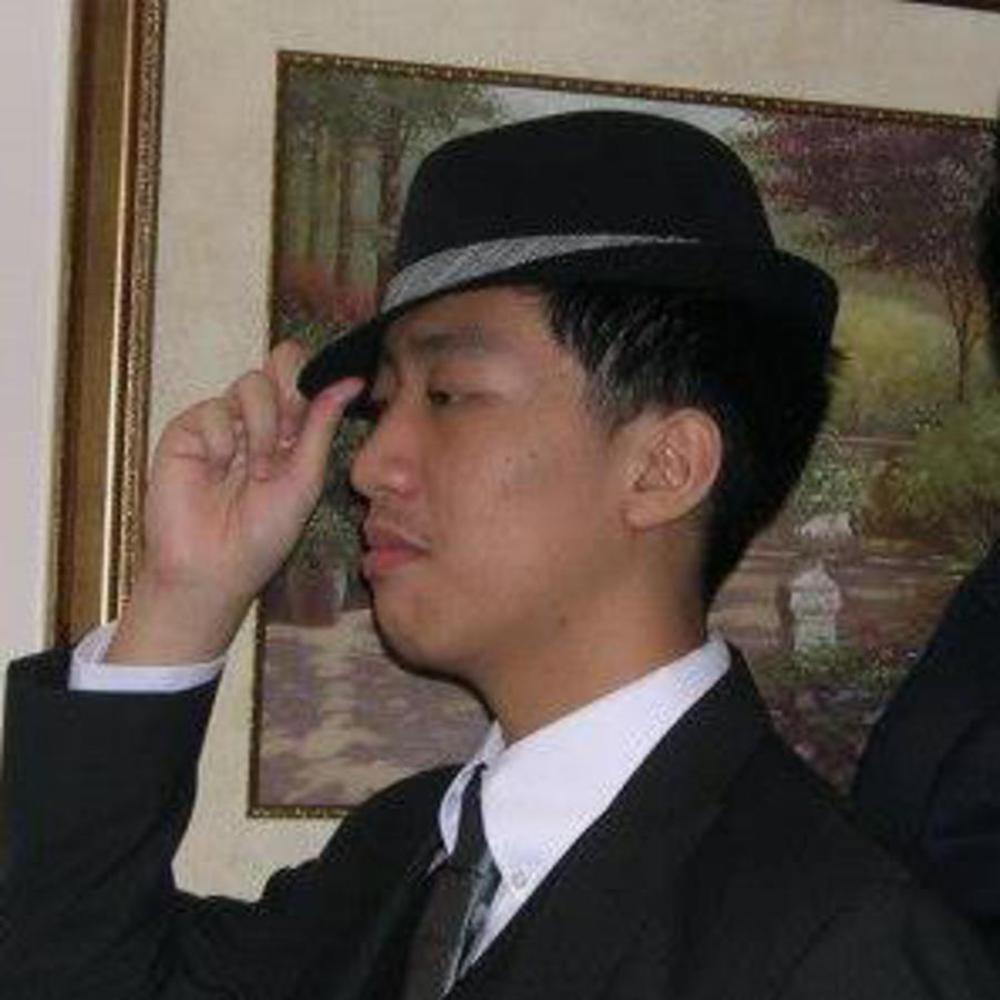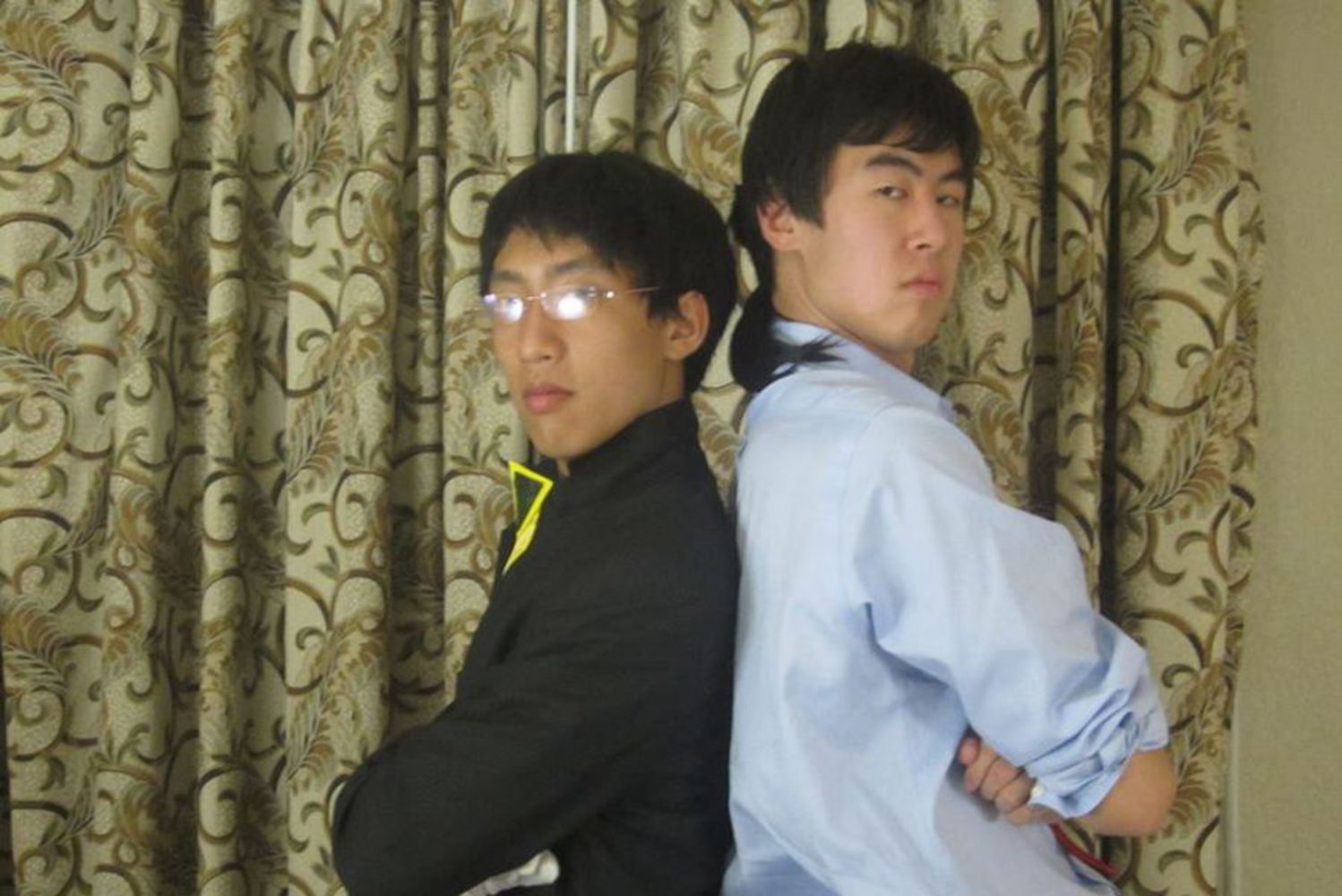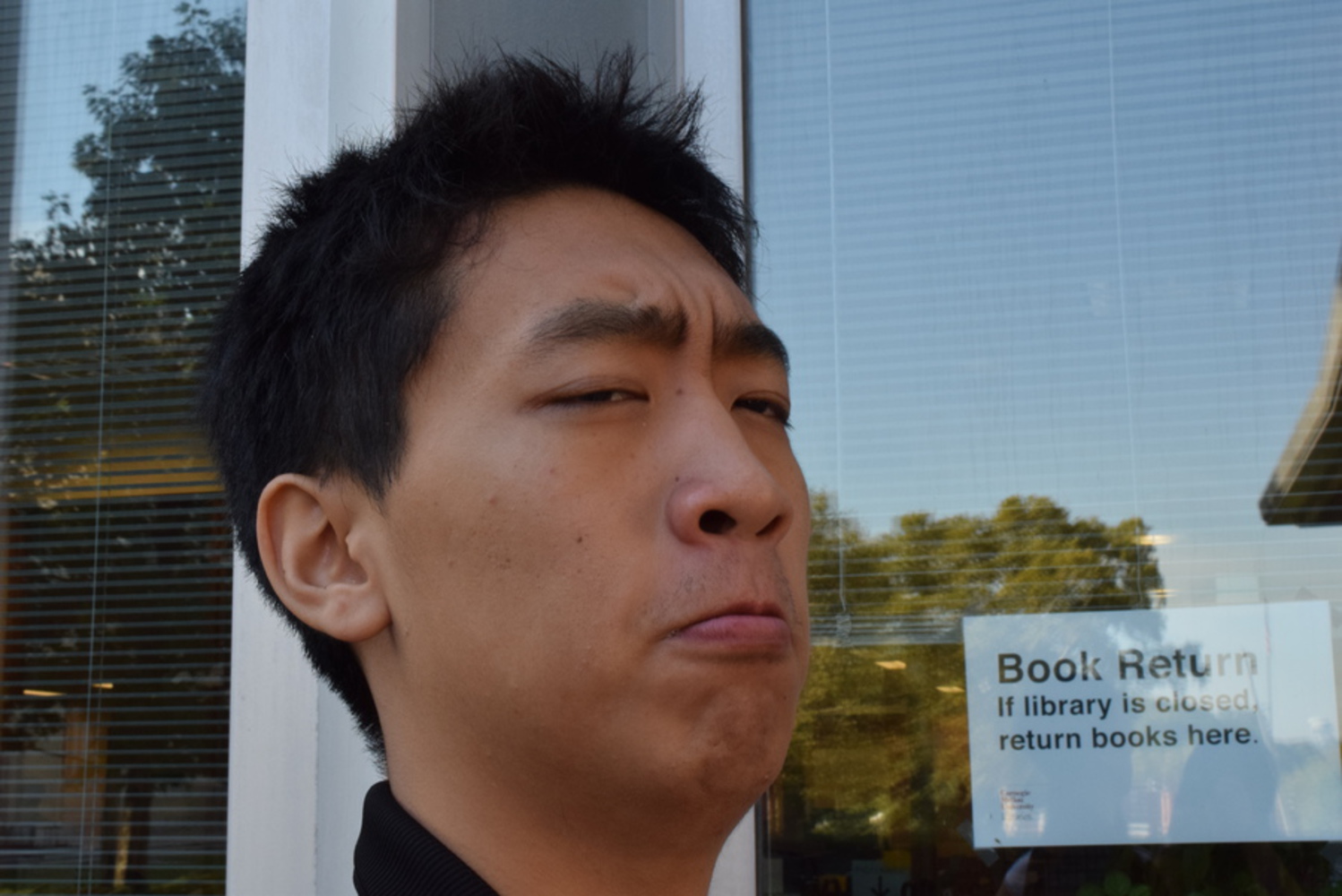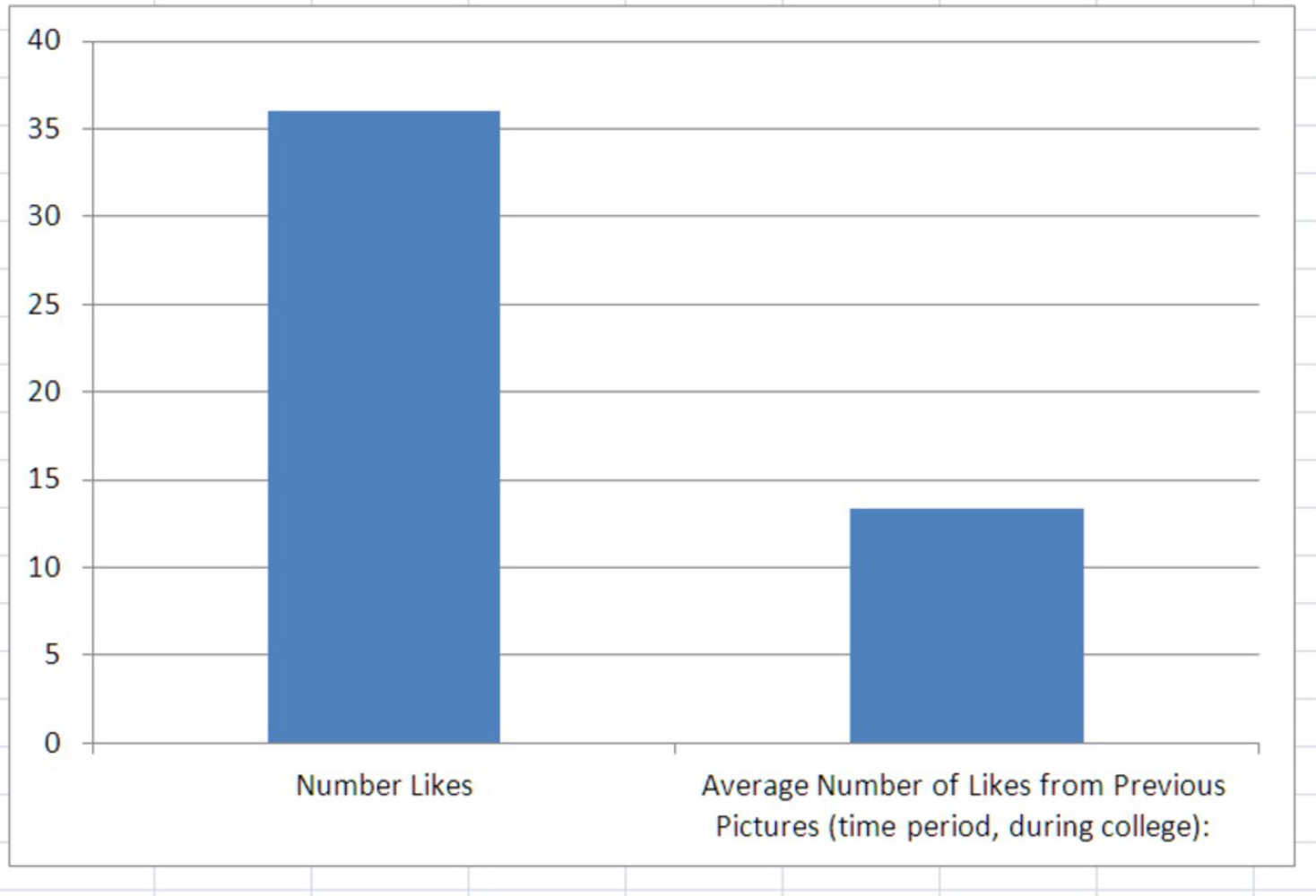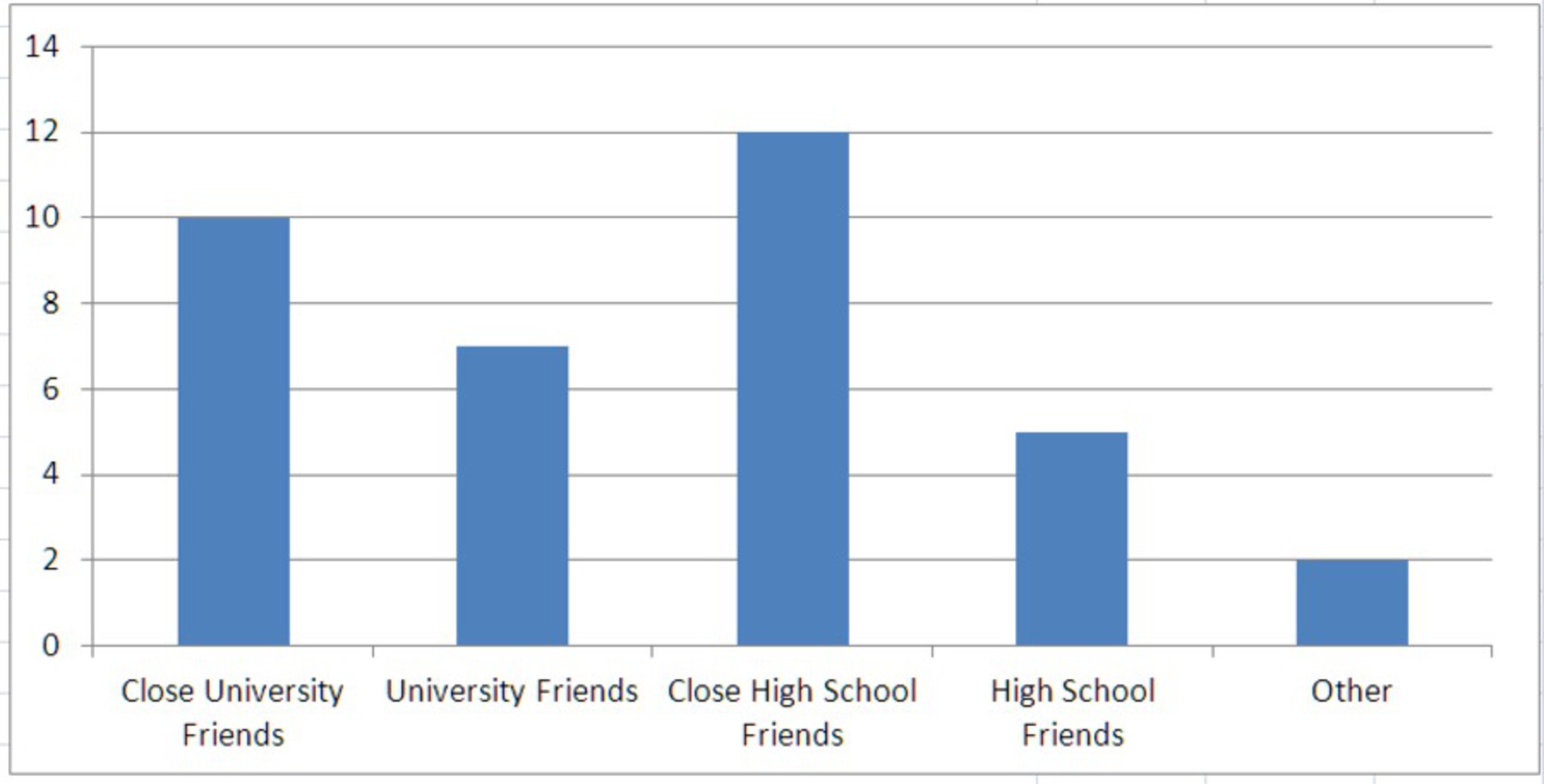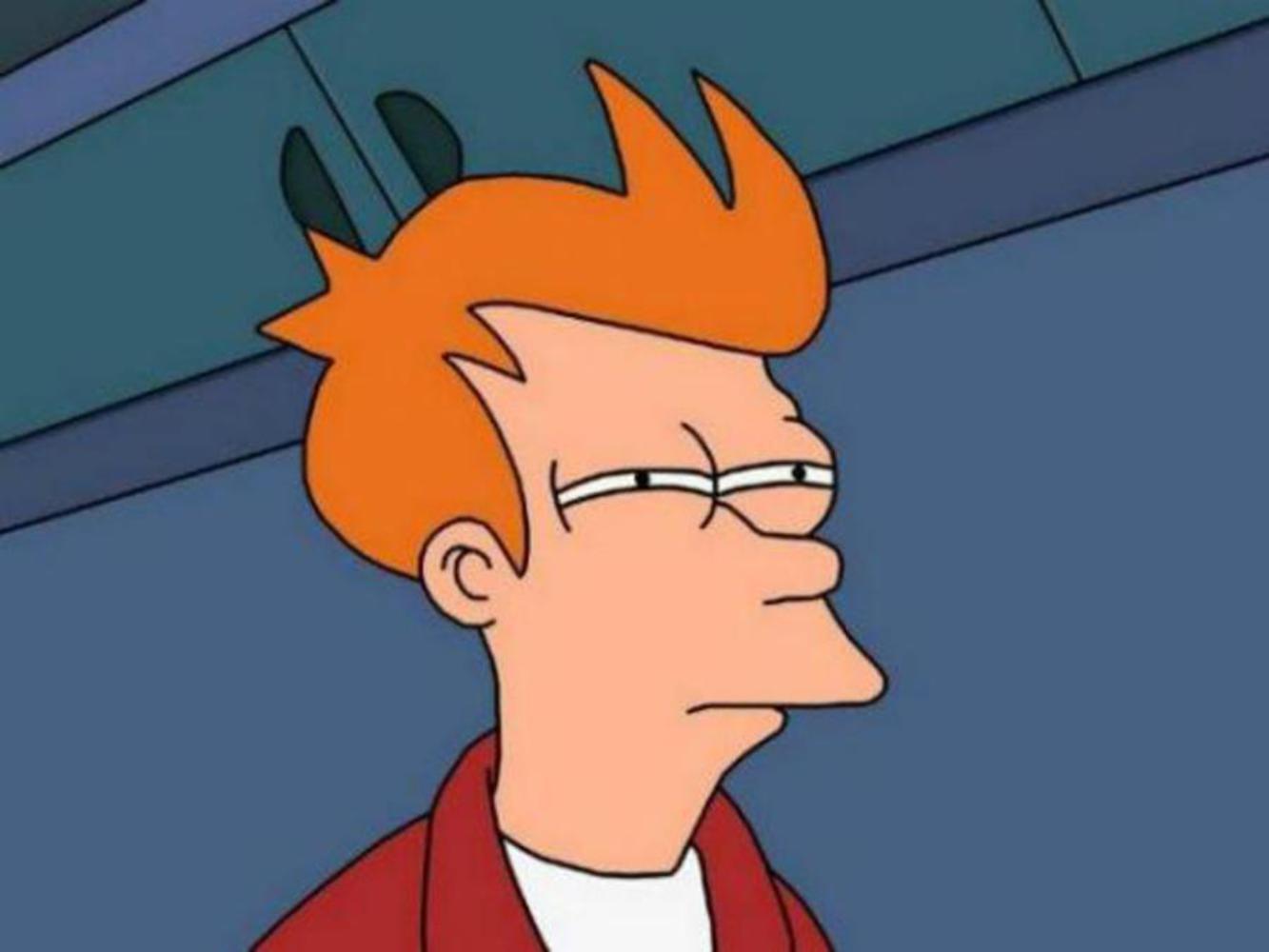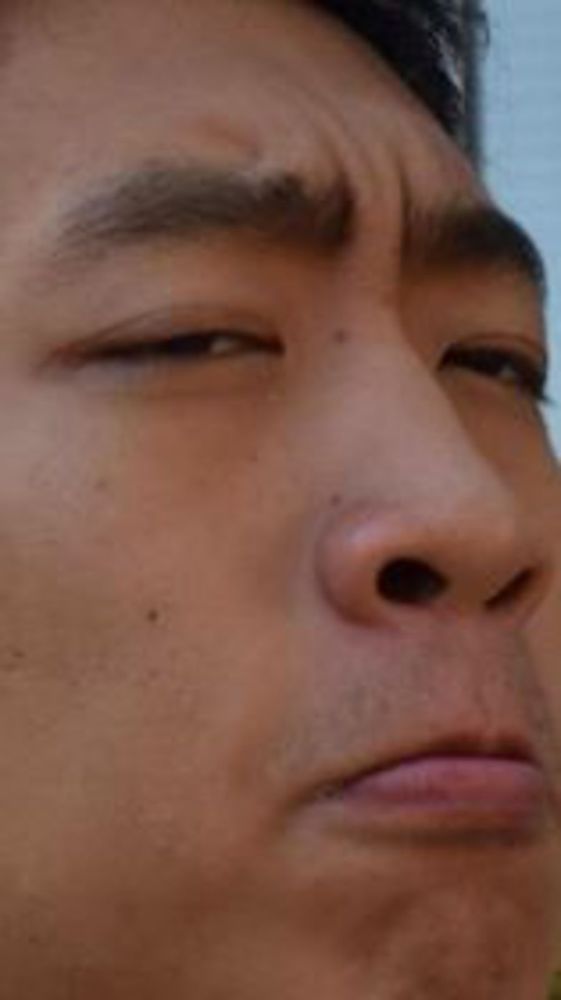Outcome
Before undertaking this project, I first did a retrospective of my profile pictures to determine what sorts of things were featured. For the most part, the pictures were video game oriented, displaying either stylized versions of the characters themselves or some other clever portrayal.
Having reviewed my previous photos, I saw that I had established a sort pattern with my photos, which lead me to the following question. Relating to the reading on Goffman and the concept of social "rules", I wondered if the pattern of Facebook profile pictures I had developed constituted as a "rule" regarding what to expect from specifically. Do the "rules" I set up match the social "rules" of Facebook, where inter-user interactions are heavily emphasized? Is it possible for those rules to surpass the general social "rules" of the site itself. If so, what are the results from deviating from this self-imposed rule? Does it illicit surprise, casual recognition, or something else entirely?
In order to answer this question, I chose to create a profile picture that bucked the long standing trend of not showing my face in my profile photos. My hope is that by changing my profile to a picture of myself with no traces of referencing other media. I will be able to illicit a response from my peers that will give me useful information to answer this question.
Though I had the general idea that I wanted to have a profile picture that featured my actual face, I didn't quite know what other details to include so as to not confound the rest of the data. Namely, my profile picture needed to be clearly distinguishable from all of the pictures.
After analyzing those few photos I had of my actual face, I decided that the picture I use for this experiment would focus on just my face looking directly at the camera. I wasn't quite sure that such a generic photo would garner enough interest to form a compelling data set, but I decided adding extra garnish like photoshopped sparkle effects would put the image directly in the category of "ironic" something which is somewhat aligned with how I carry myself on Facebook. I left the image on facebook for a whole day in order to maximize the number of responses I could get.
Below is a result of my image. The photo was taken with a the high quality Nikon camera's provided by CMU. The decision was made to make the photo a focus shot of my face in order to maximize the contrast with my previous profile pictures.The expression was also chosen so that it was more representative with how I carried myself offline.
There are a few points to gather from these results. While the questioning and ironically surprised responses were expected, I was not expecting the picture to have a significantly higher like count than my other previous profile pictures. This is because I thought the picture was fairly generic and innocuous, which would lead most people scrolling past their feeds to ignore it without a second glance. What I found equally as surprising was the number of likes that I got from friends who weren't "close" friends.
These results can be a result of several different causes. For one, as one of the reply's pointed out, the picture that I took was remarkably similar to the "Not sure if" meme from Futurama. This could have lead to more people liking the photo in response to a humorous effect (as the comment was the first visible one). In addition, given the number of likes received from "non-close" friends, the increased number of likes from that group can be a result of a regular profile picture being more identifiable than the various other persona's I used on Facebook.
From this exercise, I learned that while you are able to form some sort of expectation about the appearance of your profile photos on Facebook (as evidenced by the handful of surprised/ironic responses), it's difficult to have that persona overwhelm the expected social standards and the impression you make in real life. This insight was gleamed from the significantly larger number of likes on this profile picture than the others in conjunction with the fact that the photo is more representative with how I carry myself offline. In addition to this, the fact that my profile picture was so radically different from my previous photos seems to suggest that Facebook's like system is used less as an indicator of approval or qualitative evaluation, but more as a indicator of a instant reaction to something. Both of these components illustrate a social "rule", as Goffman would put it, of Facebook.
Though for the most part the study was successful in gleaning new information, there are a handful of confounding variables which I would like to eliminate. Foremost, the fact that my profile picture resembled an internet meme meant I was less able to determine the specific reasons for the responses to the profile picture. This is because likes could have come from a humored response on the user's part, whereas had I used a generic stock photo, that response would be less likely. If I were to try again, I'd instead use a generic stock graduation photo, something which might have drawn in more puzzled responses.
You can upload files of up to 20MB using this form.
